Countries have taken the easy road to riches and made the financial system less stable
Cheap money, asset bubbles and excessive government debt have pumped up the economy and made the world more vulnerable to a crash.
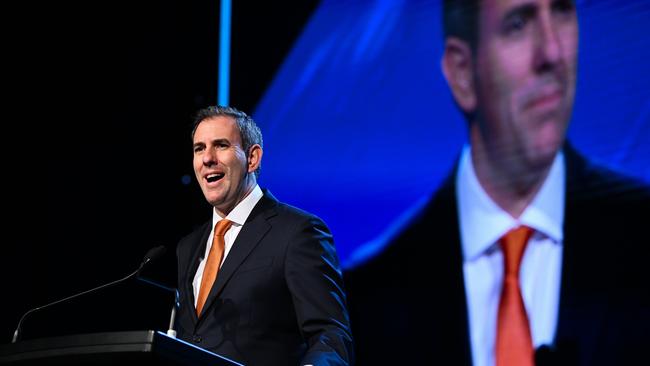
The message from the BIS leadership and bodies such as the International Monetary Fund is high inflation remains at large and interest rates are going to have to keep rising, putting the squeeze on households and businesses as officials seek to ease demand in their economies.
“The priority for monetary policy is to bring inflation back to target,” the BIS says in its annual economic report.
“The insidious damage that a high-inflation regime does to the economic and social fabric is well known. The longer inflation is allowed to persist, the greater the likelihood that it becomes entrenched and the bigger the costs of quenching it.”
The BIS report states central banks face three immediate challenges. First, history provides little help in this bout of inflation, so judgment and formal models are “tested hard”. Second, post-pandemic conditions are exceptional and add to the well-known lags in how policy operates. Third, more financial stress could emerge and that will require help from prudential authorities and governments to contain inflation.
Central banks in the US, Britain, Canada and New Zealand have pushed their policy rates ever upwards, all now sitting above the RBA’s 4.1 per cent cash rate target. Higher interest rates and systemic wobbles suggest a difficult path to normal and the hoped-for “soft landing” for countries like our own.
The RBA has made it clear that to slow spending and bring inflation back to its 2 to 3 per cent target band, unemployment is likely to increase across the next two years by perhaps another 155,000 people, as the jobless rate rises from the near five-decade low of 3.5 per cent to 4.5 per cent, or “full employment” in its technical reckoning.
Yet if RBA and Treasury forecasts pan out, by mid-2025 280,000 more people will be in work; strong population growth, however, means the labour force is expected to expand by 435,000, which explains the forecast rise in the number of unemployed. That would be a decent outcome, given many private sector economists believe calls by the RBA and Treasury on the labour market and broader economy are optimistic.
The main game in the short term is crunching inflation out of the system, and this week’s news that the consumer price index rose by 5.6 per cent in the year to May could see the RBA pause, at least for a month. It’s lineball, as it was at the June meeting, according to the board minutes.

Stepping away from these immediate concerns, vital as they are for mortgaged families, we should consider one of the deeper insights from the BIS gathering, something our policymakers have been a party to but that is not well understood by the public.
The international body warns that governments and officials have long been playing with fire: cheap money has fuelled excessive debt and made the global financial system more vulnerable to shocks, such as today’s virulent inflation. Rich countries, Australia included, need to find a new, more sustainable way to prosper.
The BIS argues it’s time to retreat to policy safety, within what it terms “the region of stability”, a realm where monetary and fiscal policies back each other up and maintain their credibility with markets and citizens by not flirting with danger.
The “forceful and concerted monetary and fiscal response to the Covid crisis” made things only worse, taking policies one step further towards the brink of economic instability due to ultra-low borrowing costs and the explosion in private and public debt that preceded the pandemic.
“The remarkable post-pandemic surge in global demand against the backdrop of the supply disruptions did the rest,” the BIS report says. “Against all expectations, inflation had come back with a vengeance. Monetary policy had to tighten, straining public finances and private sector balance sheets.
“The financial system came under stress. While understandable as the Covid crisis broke out, with the benefit of hindsight it is now clear that the fiscal and monetary policy support was too large, too broadbased and too long-lasting.”
BIS chief Agustin Carstens told the Basel meeting that among the current impediments to a soft landing, persistently high inflation and financial instability “are the two that are most likely to trigger an extended period of sub-par growth, or even a recession”.
He said the long journey to the region of stability’s boundary “reflected in no small part an overly ambitious view of monetary policy’s ability to hit narrow inflation goals and of a more general belief that macroeconomic policy could support growth indefinitely, without stoking inflation”.
Head of the BIS monetary and economic department Claudio Borio told the meeting that drifting outside the prudent zone “generates large economic costs, in the form of slumps, high inflation and financial instability”.
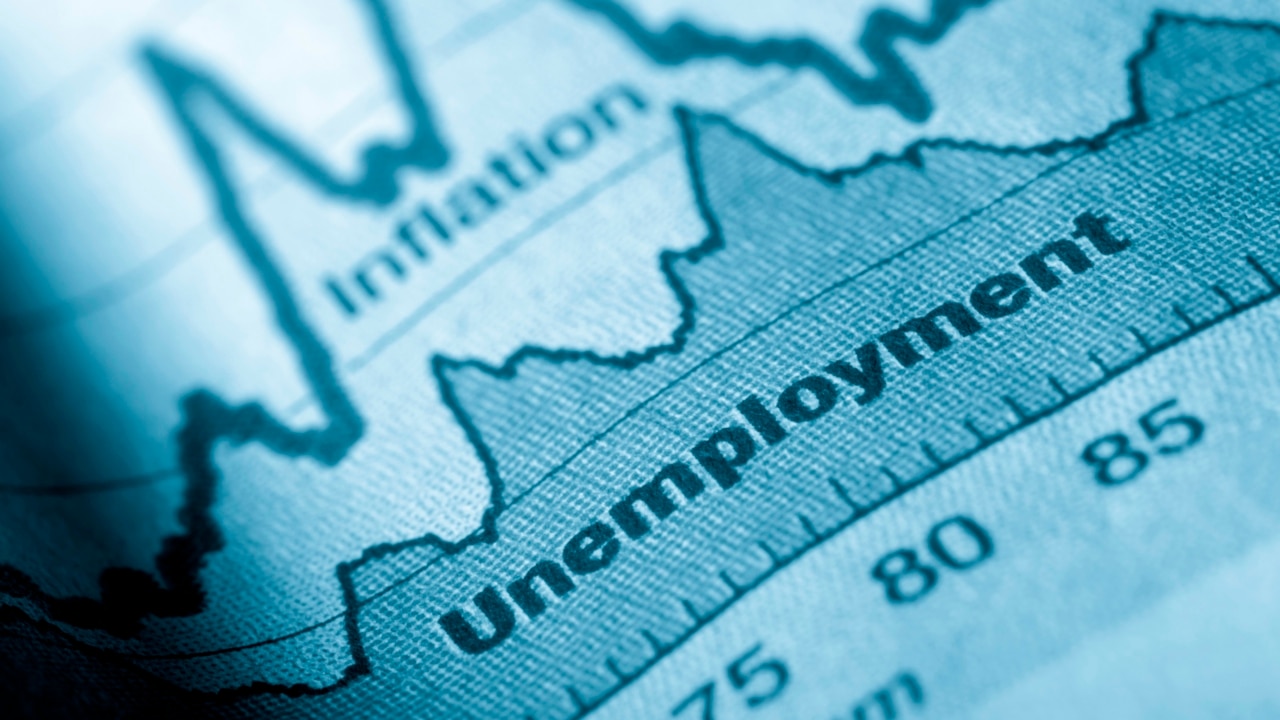
If anything, Borio notes, the job of the state (and that includes monetary officials) is to preserve the value of money as citizens allow it privileged access to resources, through the power to tax and the issuance of money.
What’s needed now, he says, are “adjustments to strategies, institutions and, above all, mindsets”. “The objective is to dispel a kind of ‘growth illusion’ – a de facto excessive reliance on monetary and fiscal policy to drive growth,” argues Borio, who in 2002 co-wrote with Lowe during the Australian’s stint at the BIS a seminal paper on asset-price bubbles and how policy can maintain financial stability.
A back-to-basics approach is required, which recognises the limitations of demand management, that operates within strict guidelines so as to “preserve the vital trust that society must have in the state and its decision-making”.
For Australia, you could add this growth illusion manifests itself in an over-reliance on migrants to pump up the size of the economy, certainly pre-Covid. The recovery in overseas migration, with a record two-year net influx of 715,000 foreigners, will add to our productive capacity, but there are pressures on housing, social services and infrastructure to contend with now, and across the rest of the decade.
The BIS calls on countries to stop obsessively pursuing short-term growth. Monetary policy must restore price stability, while fiscal policy must consolidate, rebuilding buffers for the lean times that inevitably will come. And like most other global bodies, the BIS highlights the need for decisive measures to improve the supply side of the economy to achieve higher sustainable growth.
Unfortunately, the BIS argues, the “long-term outlook is grim” for fiscal sustainability. “Even under favourable assumptions, without sustained and firm consolidation efforts, debt-to-GDP ratios are set to rise relentlessly, threatening safety margins.”
Looming additional burdens linked to ageing populations, the green transition and geopolitical tensions complicate the picture further, it adds: “And so does the apparent change in public attitudes following the generous support granted in the wake of the GFC and Covid crises, which has raised expectations regarding government transfers.”
The BIS calculates that in advanced economies public debt as a proportion of output could rise from its current historical peak of just over 100 per cent to 250 per cent across the next 30 years, even if interest rates remain below growth rates.
“From an institutional perspective, there is a need to give more bite to properly designed fiscal rules and fiscal councils, including possibly through constitutional safeguards,” the BIS advises.
Australia is nowhere near the worst offender on public debt and loose budget policy, but events can turn rapidly. The commodity boom has delivered Canberra and the mining states an immense revenue bonanza, but there are underlying weaknesses beneath the surplus surprises. Some of the “puffer jacket” states are facing bleak times on debt and deficits.
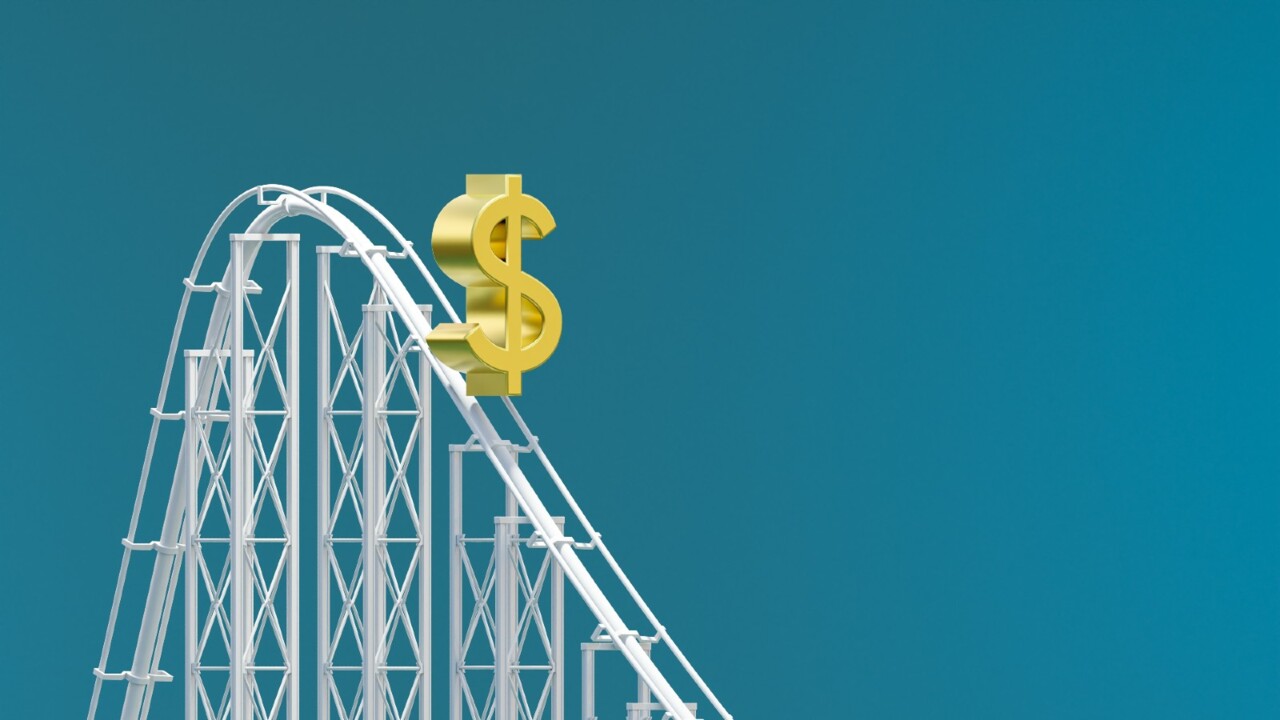
Jim Chalmers this week foreshadowed a larger federal surplus than the $4.2bn estimated in May for the Albanese government’s first full financial year in office. Labor will face renewed pressure to help families with their costs as economic activity slows sharply; new spending will make the RBA’s task only more difficult, a point the Treasurer made again and again as he blitzed microphones, cameras and audiences on Thursday.
“My job is to build a buffer in the budget, which we’re doing with that bigger surplus,” Chalmers told ABC News Breakfast.
“It’s to take some of the edge off these cost-of-living pressures without adding to inflation and we’re doing that as well – and we’re investing in the future of the economy, too.”
On Friday, Finance Minister Katy Gallagher revealed that in the 11 months to the end of May, the commonwealth’s underlying cash surplus was $19bn; she added the latest figures confirmed Canberra would be in the black for the first time in 15 years, with independent budget watcher Chris Richardson estimating the full-year surplus will be $20bn, a stunning turnaround from the $32bn deficit recorded for the Coalition’s last year in office.
By returning most of the monster-sized revenue upgrades to the budget, new debt issuance and future interest payments are lower. In any case, Treasury expects the budget to remain in structural deficit over the coming decade.
Treasury secretary Steven Kennedy has outlined how lower deficits will result in a reduced level of debt, now expected to peak at 36.5 per cent of GDP, or 10 percentage points lower and five years earlier than in the October budget’s profile.
“This is a welcome development,” Kennedy said in a post-budget speech in May. “However, debt to GDP is expected to remain higher than prior to the pandemic, even 10 years from now. It would not be unusual for another economic downturn to come along in that time.” He then emphasised how “Australia has not achieved a period of sustained reductions in debt to GDP since before the GFC”. For all the talk of debt and deficits by the political class, this is solid proof of dysfunction.
As Kennedy told his business economist audience, the build-up of debt since the GFC has made the fiscal position increasingly sensitive to borrowing costs, which have been more volatile recently.
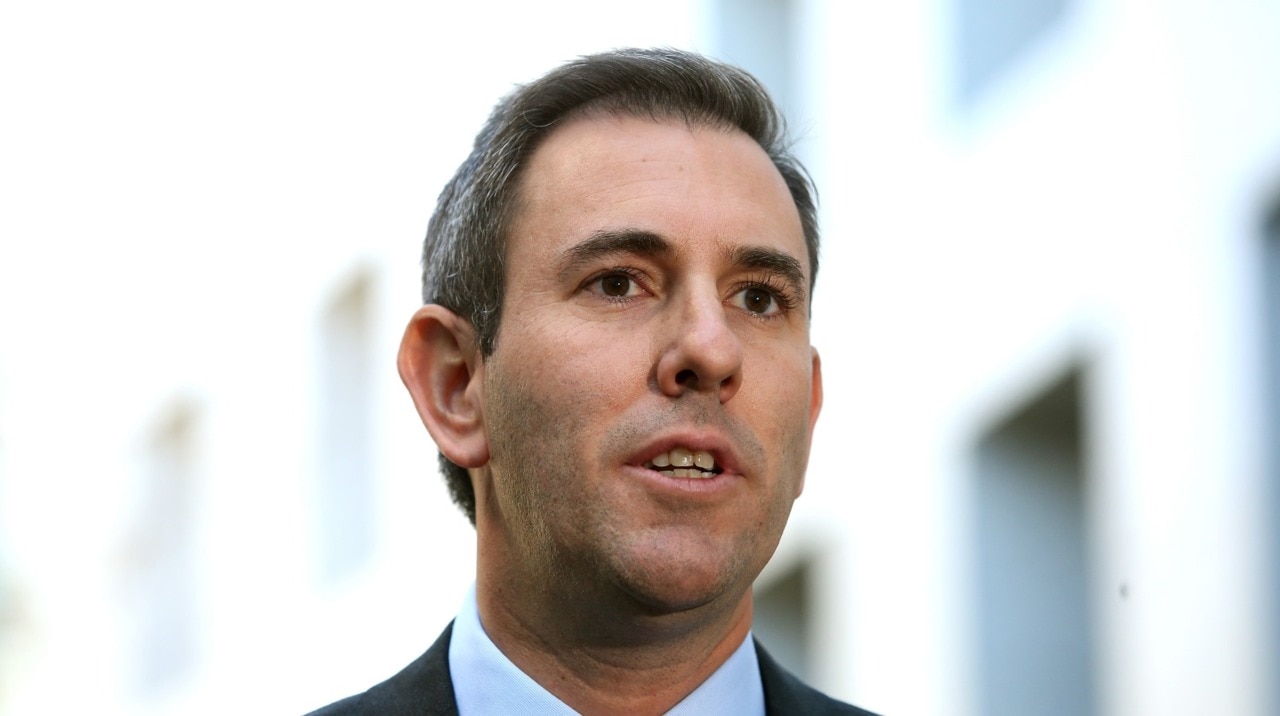
The 10-year bond yield, which approximates the average cost of new debt issuance, has been as high as 4.2 per cent across the past year; it fell to around 3.3 per cent in May and is currently hovering at 4 per cent.
Sensitivity analysis in the budget shows if yields were 150 basis points higher by the end of 2026-27, gross debt to GDP would peak three years later and would be three percentage points of GDP higher by 2033-34.
The Treasury secretary noted that Australia’s debt levels compared favourably to peer nations: our debt-to-GDP ratio is forecast to be more than 40 percentage points below levels in Canada, Britain, France and the US.
“While the structural budget deficit has narrowed, challenges remain,” Kennedy said, noting that spending would stay elevated and above pre-pandemic levels because of the rising costs of healthcare, defence, aged care and disability services.
“Continuing to rebuild fiscal buffers will need to remain a priority to ensure the government can respond to whatever crises the future holds,” he said.
The surge in revenue from taxes on wages and profits responsible for the fiscal turnaround buys the nation breathing space. Chalmers has made some wise choices, but the decisions for the government will become only harder from here as politics crashes into a policy-induced slowdown.
The coming grind and grumble also will further expose the flaws in the tax mix for an ageing nation, which the Parliamentary Budget Office said this week leaned too heavily on younger workers, and the low productivity growth quagmire that dooms us to the lucky-go-round of robust demand for commodities to underwrite living standards.
Does Albanese Labor take the well-worn road of ever more debt, with its risky delusions of exceptionalism and free money? Or can it reinvent how we earn our way in the world via its work-in-progress brand of values-based capitalism?
That’s a vastly bigger challenge than beating back inflation or winning the next election.




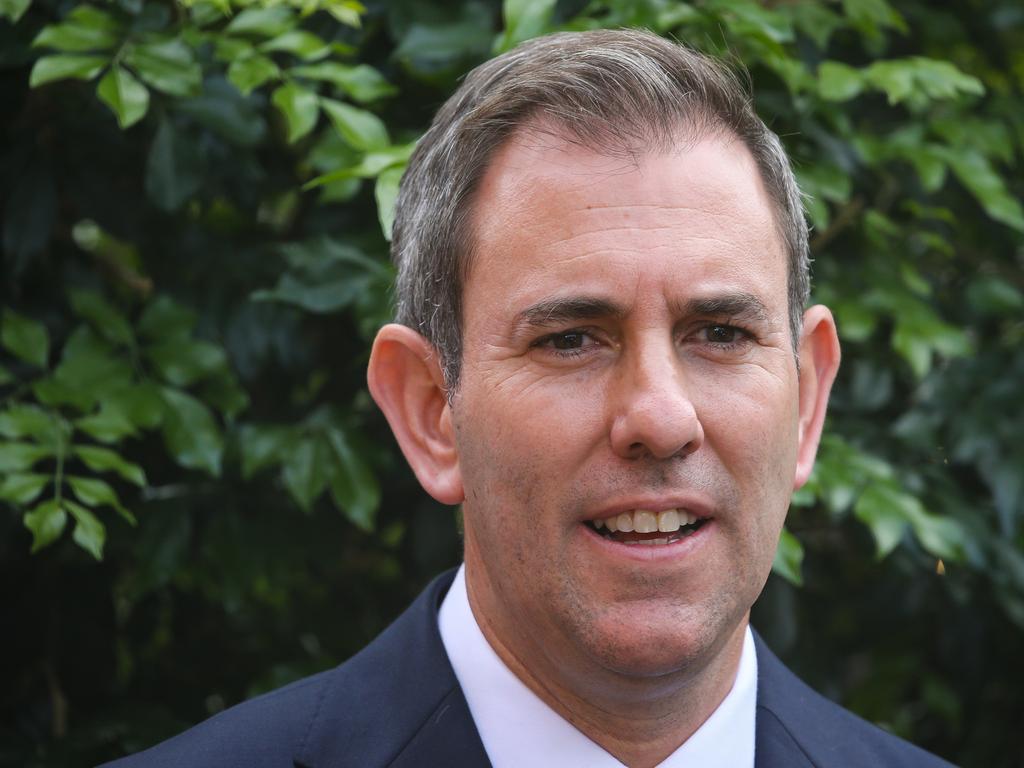
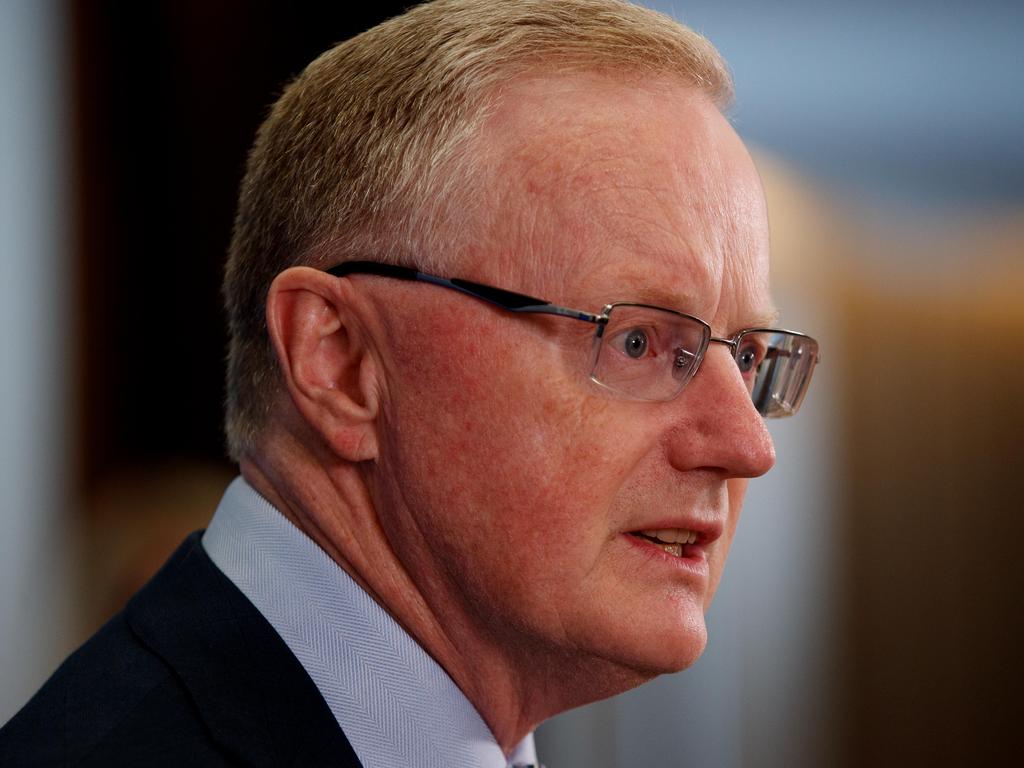
Philip Lowe comes to next Tuesday’s Reserve Bank board meeting fresh from a gathering of central bankers in Basel, Switzerland. The annual general meeting of the Bank for International Settlements, the global clearing house for monetary authorities, is like a men’s shed for besieged wonks – a safe space for econocrat therapy, long-range thinking and, it must be said, pinpoint hindsight.